With its large openness, Ho Chi Minh City's economy will be greatly affected by fluctuations in the world economy. Experts suggest that Ho Chi Minh City apply Resolution 98 to promote double-digit growth in the new situation.
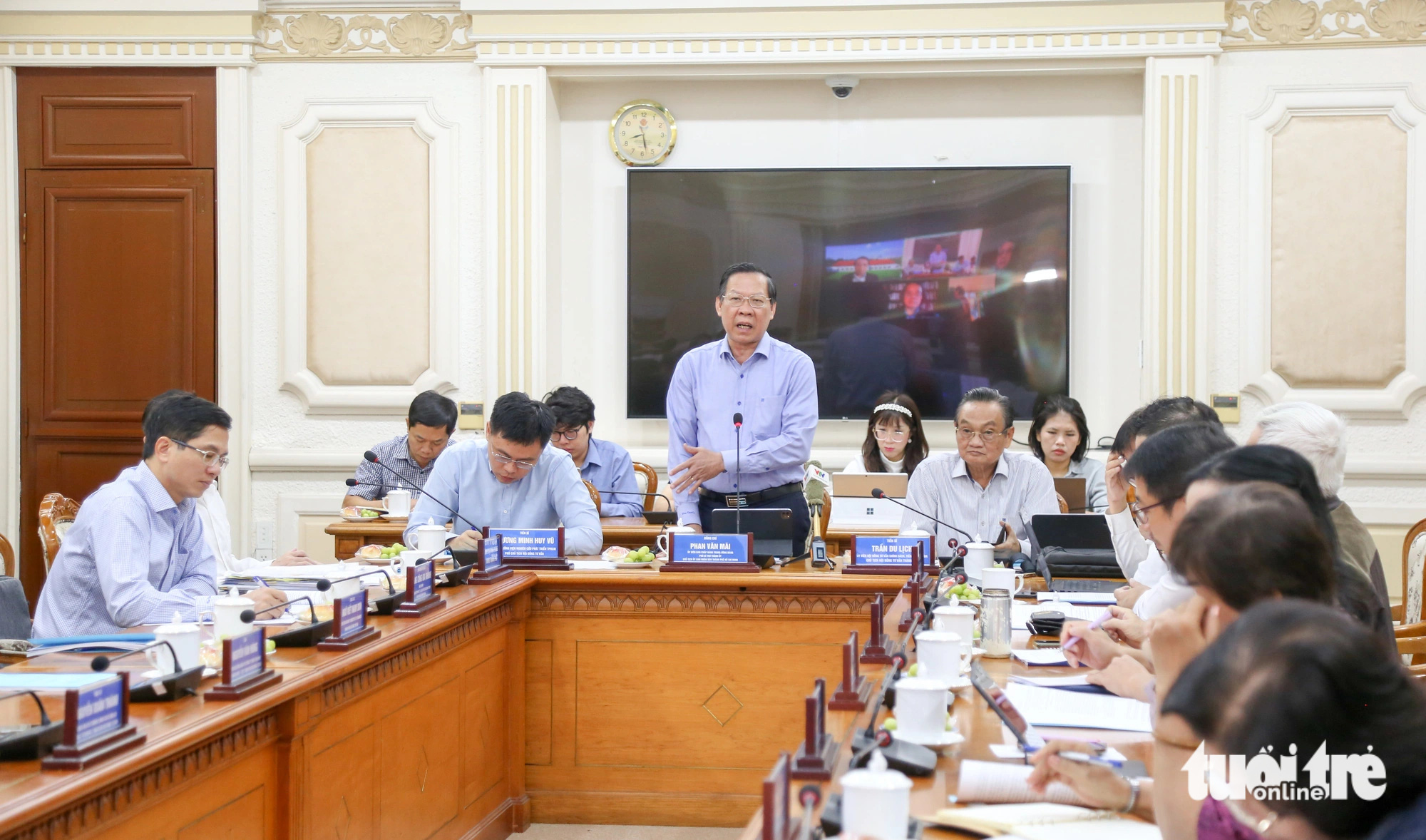
Chairman of Ho Chi Minh City People's Committee Phan Van Mai speaks - Photo: THAO LE
On the morning of February 8, Chairman of the Ho Chi Minh City People's Committee Phan Van Mai chaired a meeting of the Advisory Council to implement Resolution 98. One of the important issues discussed by the council at this meeting was solutions to help Ho Chi Minh City achieve double-digit growth, in the context of a rapidly changing world situation.
The changing world situation has a great impact on Ho Chi Minh City.
Speaking at the opening of the meeting, Dr. Tran Du Lich - chairman of the council - raised the issue of the world economy being violently volatile in recent days due to a series of new policies introduced by the US president.
Mr. Lich said that with its large openness, the economy of Ho Chi Minh City will be greatly affected. He suggested that experts discuss and apply Resolution 98 to suggest solutions to help Ho Chi Minh City achieve double-digit growth in the face of this change.
Regarding this issue, Chairman of the Ho Chi Minh City People's Committee Phan Van Mai said that the double-digit growth target identified by Ho Chi Minh City leaders is a very challenging task. However, Ho Chi Minh City sets a high target to strive for and this striving has a basis.
Mr. Mai acknowledged that the world and domestic economic context is changing very quickly, with a huge impact. Mr. Mai pointed out that the immediate issue of concern is that business operations are facing many difficulties, reflected in the number of new establishments and dissolutions.
"We must analyze how to overcome the immediate challenges, only then can we move towards the goal of sustainable, long-term development," said Mr. Mai.
Besides, Ho Chi Minh City and the whole country are facing a revolution in organizational structure. Thus, the method of managing and operating the economy will change again, through changing the organizational structure.
In addition, Mr. Mai said the city received a suggestion from the Ministry of Home Affairs about not organizing People's Councils in districts and wards.
In particular, the People's Committee model only has a chairman and vice chairman and operates under the administrative chief mechanism. This model will create a big change in the management style at all levels of government.
It is expected that this May, Ho Chi Minh City will summarize Resolution 131 on urban government organization. Ho Chi Minh City is approaching the proposal of a Special Urban Management Law after Resolution 131.
However, in the context of current institutional innovation, is this approach still appropriate, or should Ho Chi Minh City contribute to the current legal system?
"In the past time until 2024, the city has tried to restructure the basic foundations, creating development momentum from infrastructure development. However, the institutional and apparatus issues must be suitable for Ho Chi Minh City. In 2025, Ho Chi Minh City must complete this foundation to start a new term," said Mr. Mai.
Finding new growth drivers
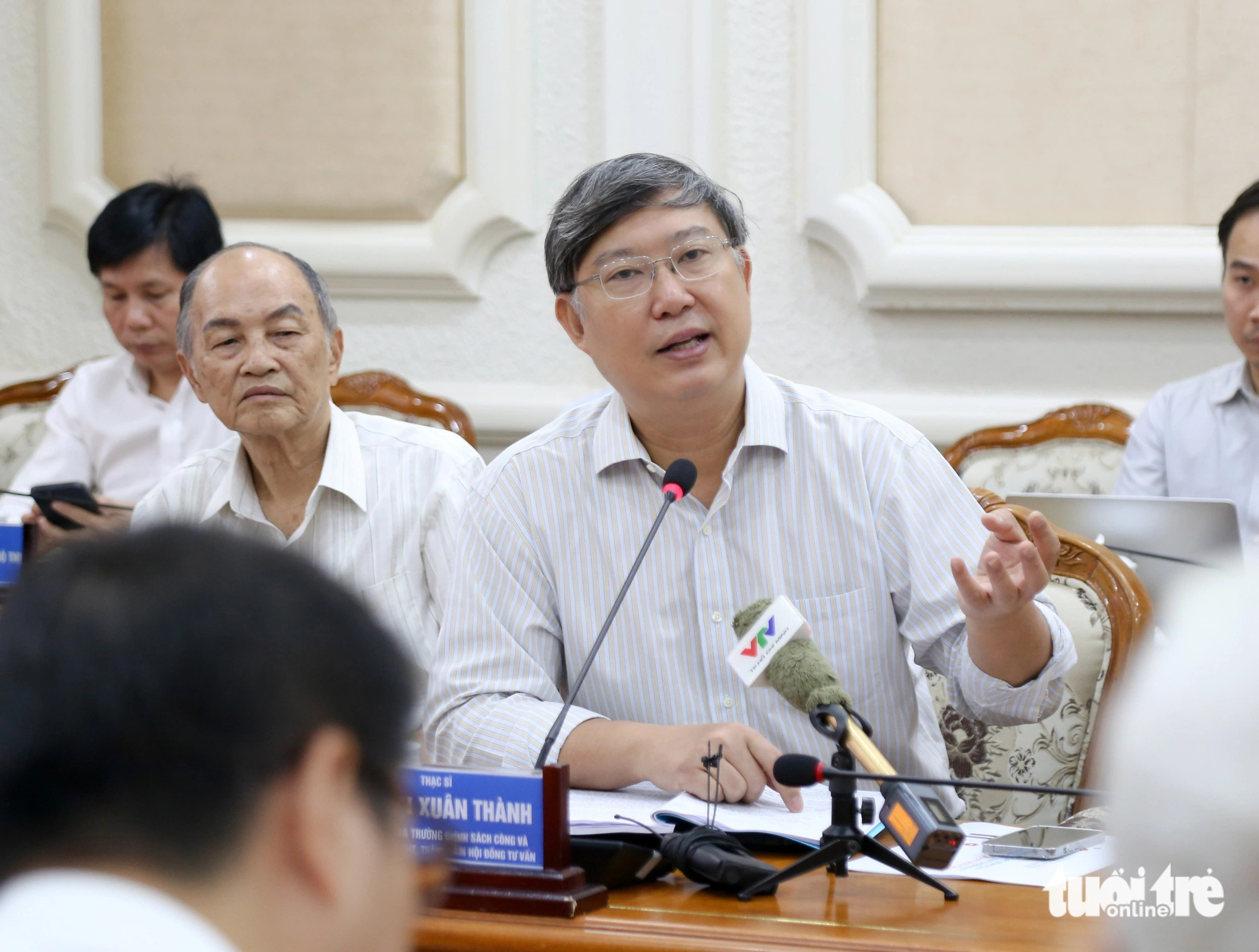
MSc. Nguyen Xuan Thanh - lecturer at Fulbright School of Public Policy and Management - Photo: THAO LE
Contributing to the meeting, MSc. Nguyen Xuan Thanh - lecturer at the Fulbright School of Public Policy and Management - said that in order to achieve sustainable double-digit growth, new economic drivers must be continuously sought. Experience from other countries shows that every 5-10 years, a new economy must be created in a city. These are the drivers from free trade zones, special economic zones...
For Ho Chi Minh City, Mr. Thanh pointed out new driving forces such as the urban railway project, the free trade zone in Can Gio, the financial center, and the establishment of new cities within the city after Thu Duc city.
However, for the city to unleash these dynamics, there must be stronger specific policy mechanisms from the Central Government.
Regarding immediate solutions, Mr. Thanh said that Ho Chi Minh City must quickly remove obstacles to real estate projects. The central government must open up open mechanisms for Ho Chi Minh City to remove obstacles early and restart projects to attract investment.
In addition, Ho Chi Minh City needs to introduce policies to encourage more than 400,000 business households to register as enterprises, creating motivation to expand business scale.
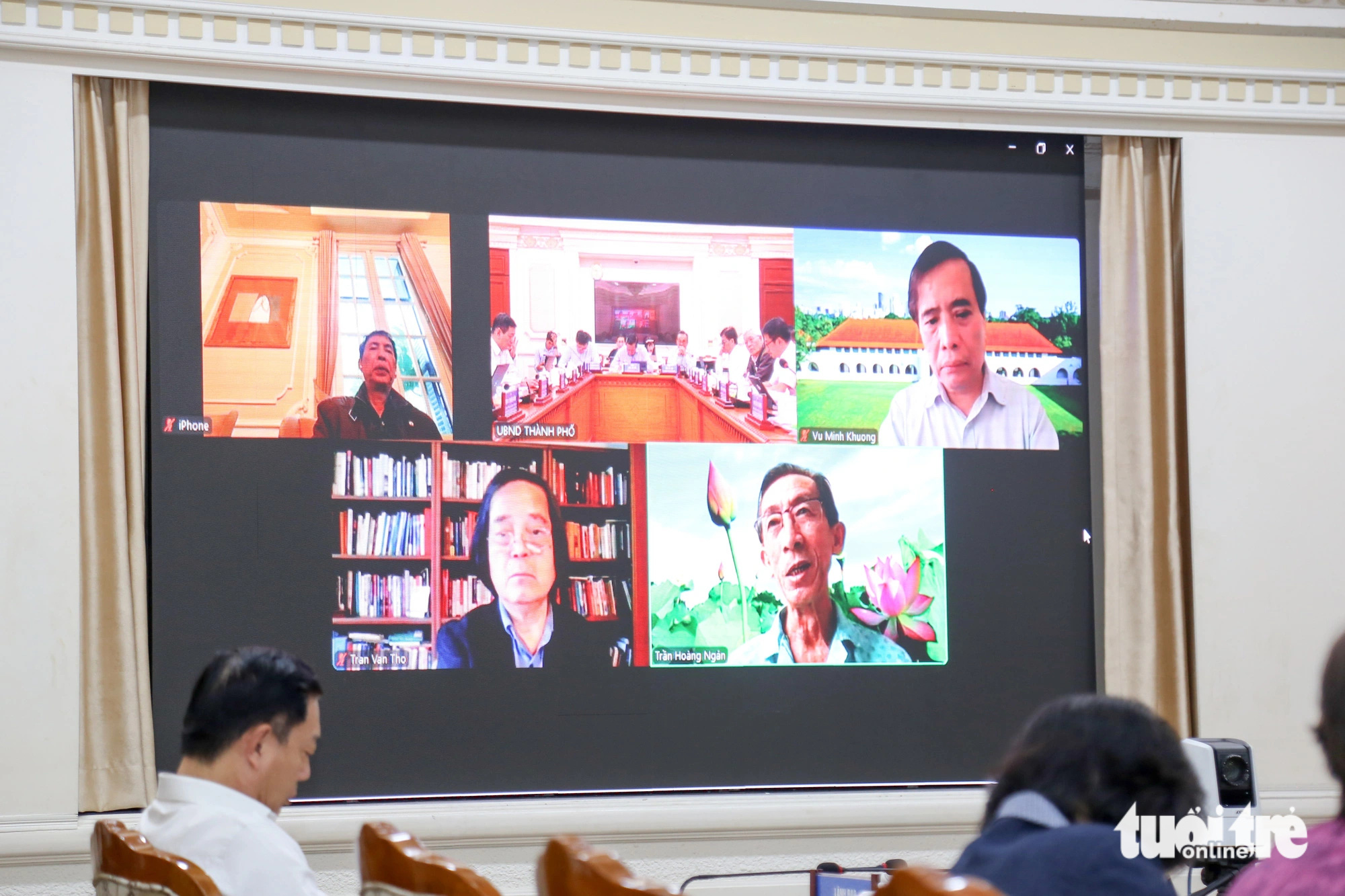
Experts give online comments to the meeting - Photo: THAO LE
Associate Professor Dr. Hoang Cong Gia Khanh - Principal of the University of Economics and Law - said that the labor productivity growth rate of Ho Chi Minh City is lower than the average growth rate of the whole country. If 5 years ago, the labor productivity of Ho Chi Minh City was 2-3 times higher than the whole country, now it is only about 1.5 times.
Analyzing the economic structure, Mr. Khanh said that the city's service industry accounts for 65%, of which 3 global innovation service industries contribute more than 20%, 6 other traditional service industries account for 36%. Processing and manufacturing industry accounts for 16%.
In particular, the labor trend is shifting from the manufacturing industry to 3 innovative service industries, with banking and finance accounting for 50%.
Thus, Mr. Khanh believes that Ho Chi Minh City needs to focus on developing three global innovation industries. Among them, it is necessary to develop an international and regional financial center in Ho Chi Minh City and develop Fintech (financial technology).
In 2025, Ho Chi Minh City should propose a sandbox pilot (controlled testing policy) in Ho Chi Minh City. At the same time, it must focus on training human resources for the international financial center.
Grow 8% and then another 2%
Giving opinions on solutions for Ho Chi Minh City to achieve double-digit growth, Associate Professor Dr. Tran Hoang Ngan said that to achieve this goal, Ho Chi Minh City should divide into two stages: 8% growth and continue solutions to grow by another 2%.
Ho Chi Minh City aims to attract private and foreign investment of about 500,000 billion VND. However, to attract investment, there must be land at reasonable prices. The city must quickly resolve industrial zones to have clean land at reasonable prices...
In addition, it is necessary to promote administrative reform of the investment and business environment, which is currently very congested, and continue to develop transport infrastructure, digital infrastructure, and socio-economic infrastructure.
With an additional 2% growth, Ho Chi Minh City can exploit new driving forces such as the International and Regional Financial Center in Ho Chi Minh City, Can Gio International Transit Port along with free trade zones and urban areas reclaimed from the sea.
Besides, there are the driving forces of innovation, culture, tourism... With these driving forces, Mr. Ngan believes that Ho Chi Minh City can completely grow by double digits if exploited effectively.
Source: https://tuoitre.vn/chu-tich-tp-hcm-tham-van-chuyen-gia-ve-tang-truong-hai-con-so-truoc-bien-dong-the-gioi-20250208115850874.htm






![[Photo] Magical moment of double five-colored clouds on Ba Den mountain on the day of the Buddha's relic procession](https://vphoto.vietnam.vn/thumb/1200x675/vietnam/resource/IMAGE/2025/5/9/7a710556965c413397f9e38ac9708d2f)
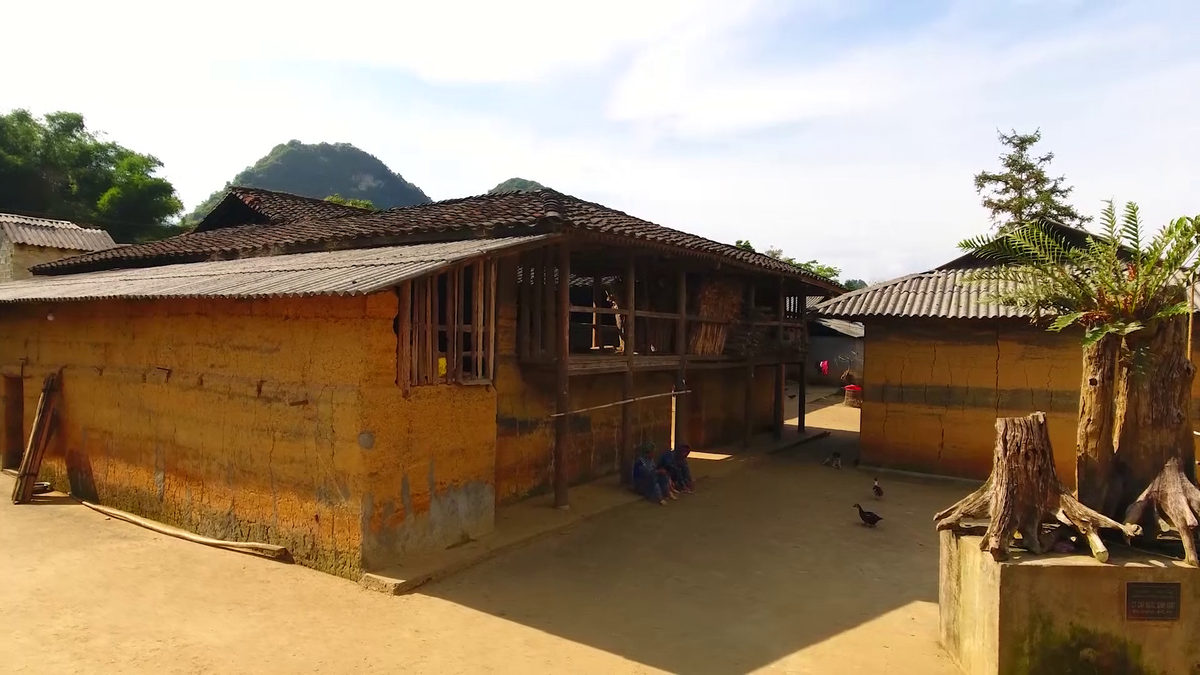









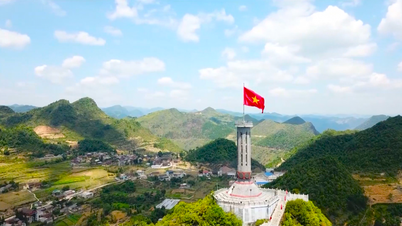
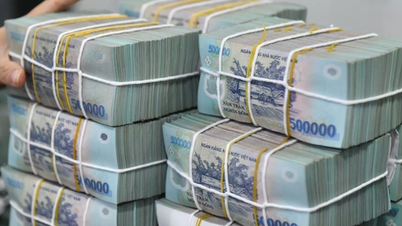
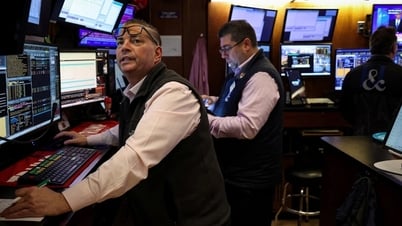
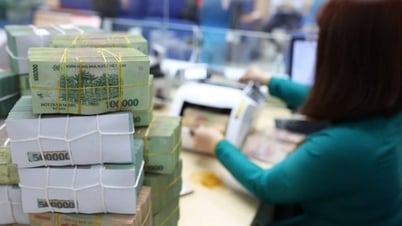
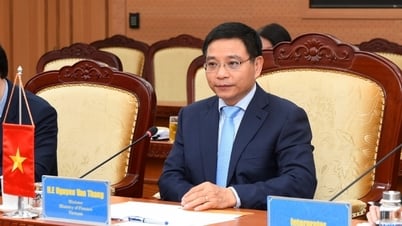
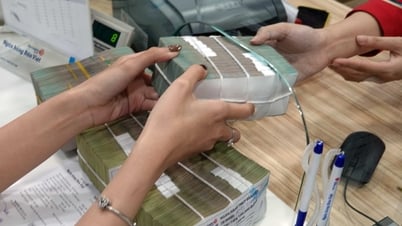
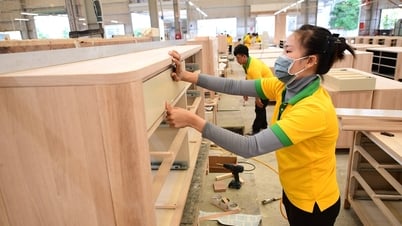






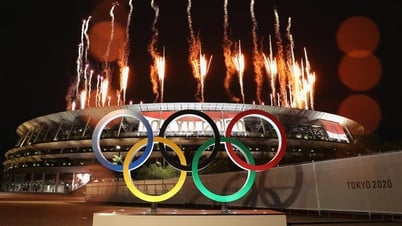
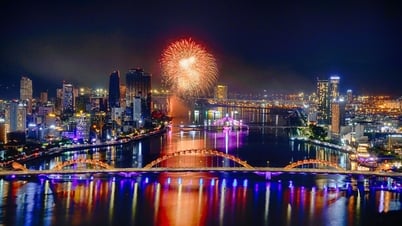
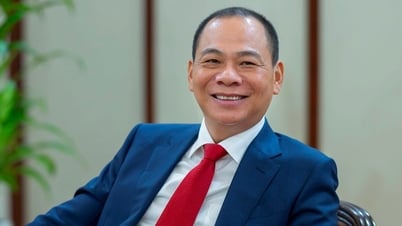

![[Photo] General Secretary To Lam begins official visit to Russia and attends the 80th Anniversary of Victory over Fascism](https://vphoto.vietnam.vn/thumb/1200x675/vietnam/resource/IMAGE/2025/5/8/5d2566d7f67d4a1e9b88bc677831ec9d)
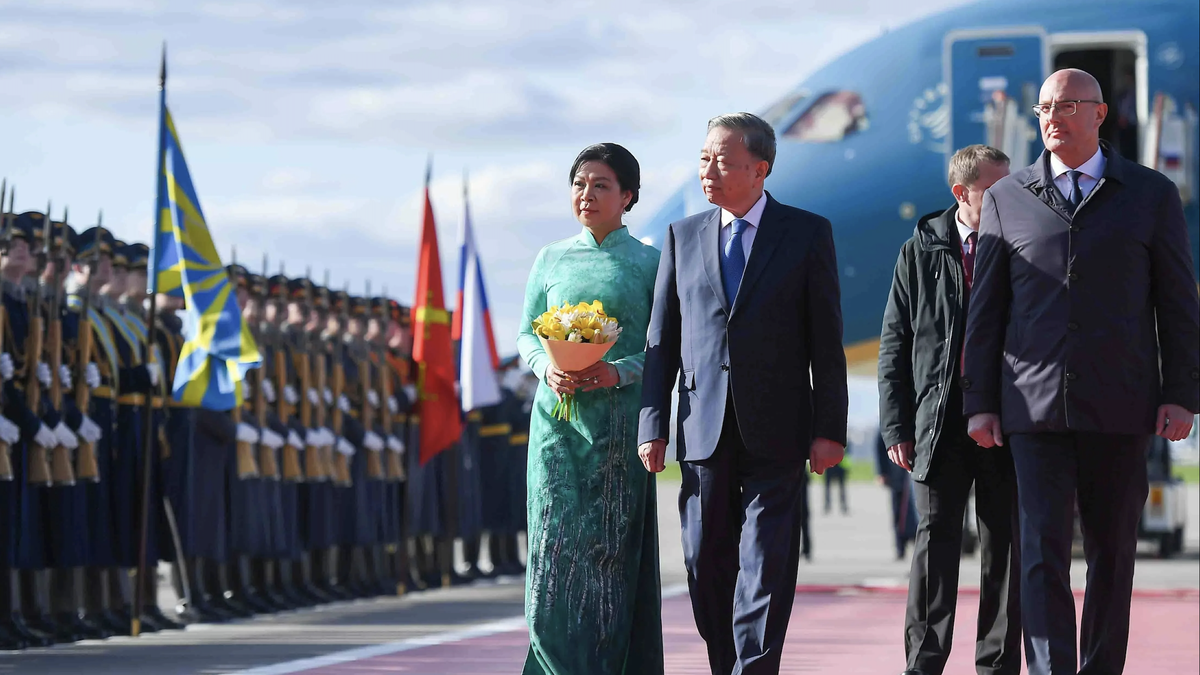


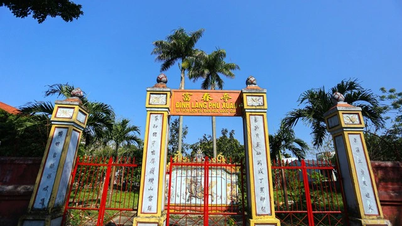
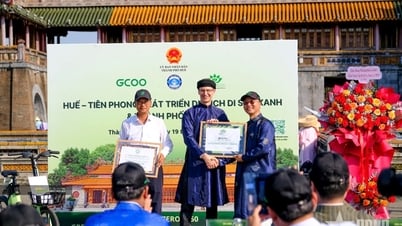

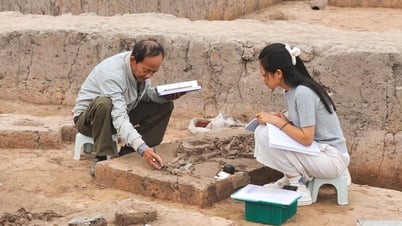


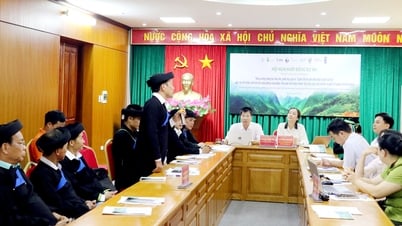



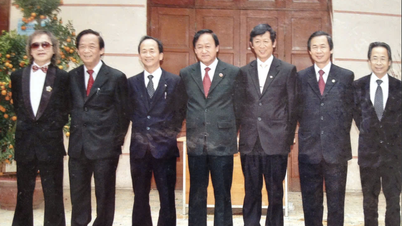


















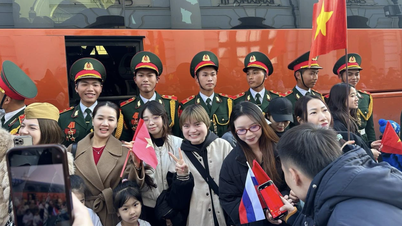
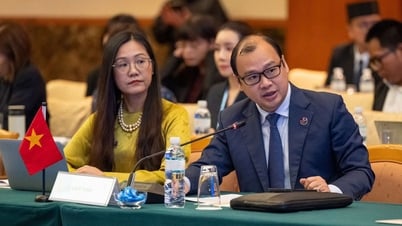





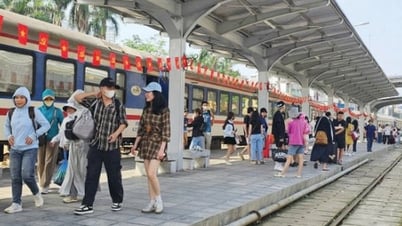


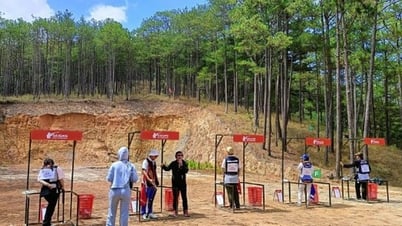


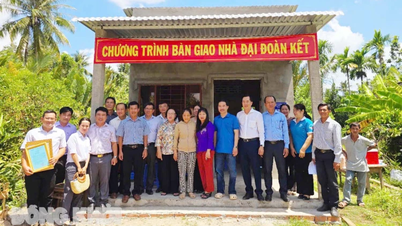
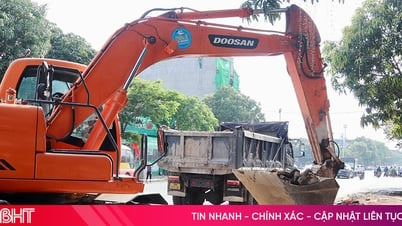

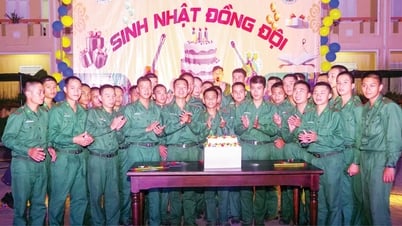


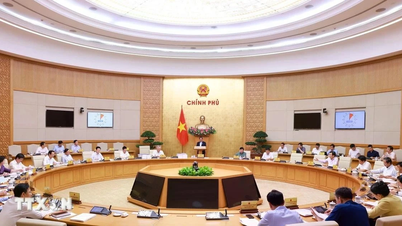












Comment (0)